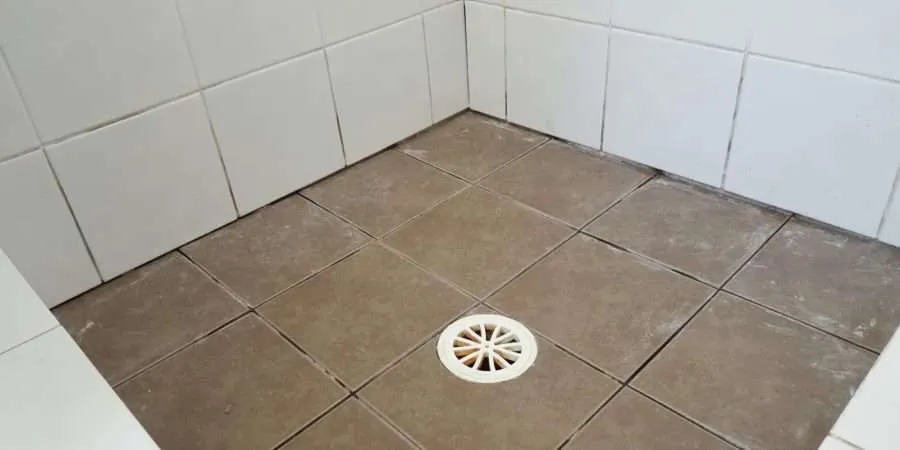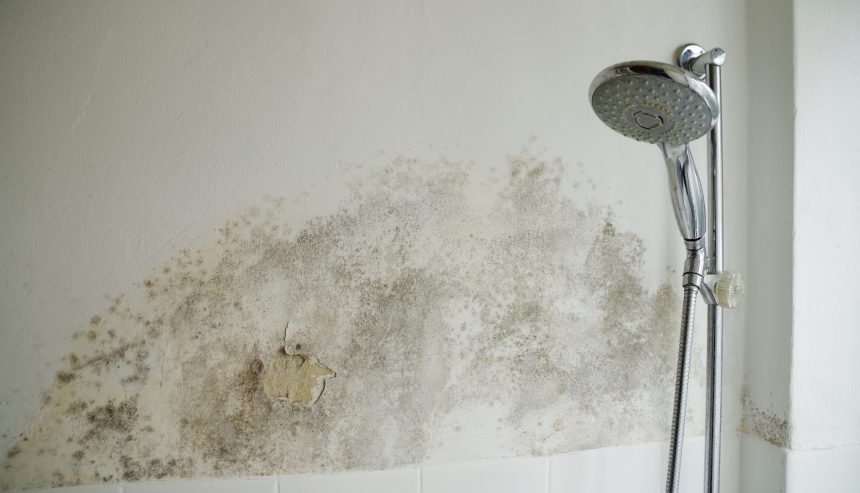Just How to Avoid Water Damage in Your Bathroom
Just How to Avoid Water Damage in Your Bathroom
Blog Article
The article author is making several great points on the subject of Looking for Signs of Water Damage in the Bathroom in general in the content in the next paragraphs.

The shower room is exceptionally susceptible for wet accumulation and possible water damage due to the regular use water in it. This article provides straightforward examination techniques to help finding water damage risks.
The regular use water in the bathroom makes it incredibly susceptible for damp buildup and potential water damages. By evaluating it routinely, you can decrease water relevant problems.
The adhering to collection of inspections is easy to perform and should be done once in every three months in order to keep your bathroom in good shape and to prevent potential water damages caused by the bathtub, the shower, pipeline joints and also plumbing, sinks, closets, and also the commode
Do not forget doing these evaluations and be comprehensive while performing them. Remember that these straightforward examinations can conserve you a great deal of money by offering early indications for water damages
Sinks and also Cabinets
Sinks as well as cupboards are exposed to moisture and also moisture everyday as well as are typically neglected. Inspect regularly under the sink and also on the counter top above it. Repair any kind of drip in the catch as it may suggest drainpipe issues. Look around the sink, slow-moving draining pipelines may indicate an obstructed drainpipe. Replace sink seals if they are cracked or loosened.
Tub and Shower
The shower and also tub require unique focus as well as maintenance. Examine the ceramic tiles and change if broken. Make sure that there is no missing out on grout between the floor tiles. Examine and change broken caulking at joints where the wall surfaces satisfy the floor or the bath tub. Blocked drains pipes as well as pipes troubles will protect against the tub from drying and also may show severe troubles beneath the tub. Seek advice from a professional right away to stop structural damage. Take notice of stainings or soft areas around the tub wall surfaces as they might indicate an inner leak.
Plumbing
Signs for water damages are tough to spot given that most pipes are mounted inside the walls.
Pay special interest to floor covering and wall surfaces dampness and spots as they might indicate an unnoticeable plumbing trouble. Check wetness degrees in adjoining spaces too.
The Commode
The toilet is a prone water joint. Check the water lines as well as look for leakages around the toilet seat, in the hose pipe, as well as under the water container. If you detect any indications of dampness on the flooring around the toilet, check for leaks in the toilet edge and also container seals.
Be aware that hanging toilet bowl antiperspirants raises the opportunities for clogs.
TIPS TO PREVENT WATER DAMAGE IN THE BATHROOM
The average household uses approximately 80-100 gallons of water per person per day. For a family of 4, that's almost 2,500 gallons of water a week! The largest portion of this consumption comes from bathroom use. Flushing the toilet uses the most water, followed by taking a shower or bath. With that much water running through the home, water damage in the bathroom is bound to happen. Knowing how to spot signs of a water leak is essential to preventing long-term damage. This guide provides you with tips to reduce the impact of water damage on your bathroom.
CAUSES OF BATHROOM WATER DAMAGE
Pipe breaks are the most common cause of water damage we see in our daily jobs. The age of a pipe plays a large role in a pipe break as well as corrosion. Over time, the metal begins to break down, allowing water to escape. Frozen pipe breaks are also a concern in the winter months. Toilet overflows caused by paper products or children flushing inappropriate items. Degraded caulking around the toilet or bathtub can allow water seepage, sometimes behind the fixture, into the subfloor or walls. Condensation forms when the water in a pipe is cooler than the air temperature. Beads of water form on the exterior of the pipes, sometimes so much so that the water begins to drip and pool below. Sink or shower backups created by poor drainage. HOW TO PREVENT WATER DAMAGE IN YOUR BATHROOM
Inspect your toilet supply line for worn or frayed hoses and replace them as needed. Winterize your plumbing to prevent a frozen pipe break. Use vent fans to prevent condensation that can lead to mold growth. Routinely check and replace degraded caulking around your toilet or bathtub. Increase the temperature in your toilet tank and insulate your pipes during the warm summer months to keep condensation from forming. Use child safety locks on the toilets. Flush only toilet paper. "Flushable" wet wipes are actually not good for your plumbing system. Additionally, feminine hygiene products should not be flushed. Prevent water from escaping the tub or shower. Make sure shower curtains are in good condition. Inspect shower doors and replace the seal strip if necessary. Wipe up any water that accumulates on the floor and use bath mats. Water left to sit can cause damage to the tiles and flooring. Refrain from using bath products containing heavy oils to avoid a clogged drain.

As a devoted person who reads on How to Repair and Prevent Bathroom Water Damage, I was thinking sharing that section was a smart idea. Sharing is nice. Helping people is fun. We truly appreciate reading our article about Preventing Water Damage in the Bathroom.
Call Today Report this page